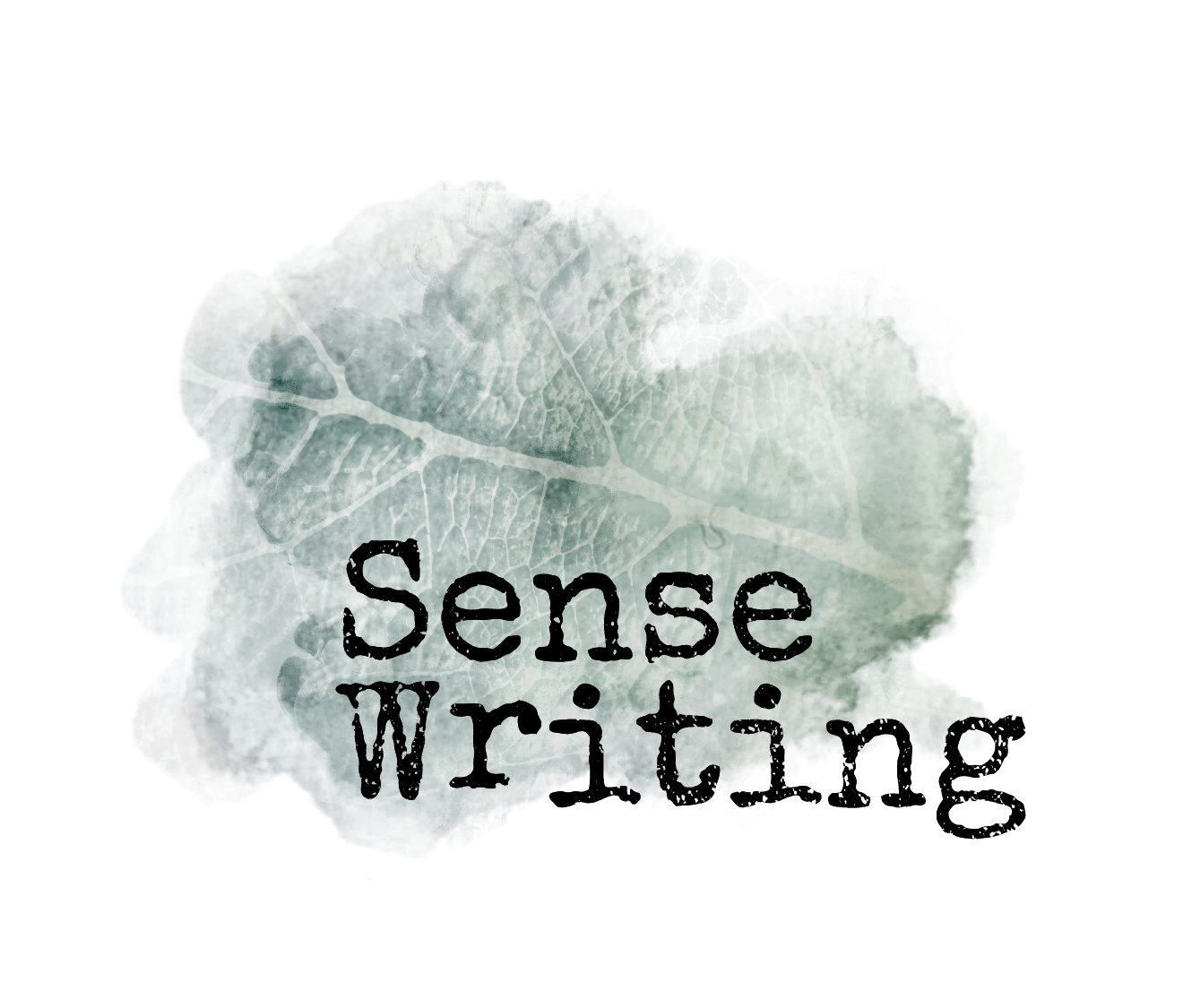You hear this other deep reality singing to you all the time, and much of the time you can’t decipher it.
- Leonard Cohen
Years ago, when I thought of the name Sense Writing, I wasn’t really thinking about the five senses. In Sense Writing, we do use the five senses. But that’s not really the “sense” of Sense Writing. Instead of those five familiar senses specifically, this “sense” actually refers to the ability to feel and absorb sensation inside the landscape of your body.
Though we’re constantly using our five senses as we move through the world, the truth is we’re not really feeling everything we’re feeling, and we’re definitely not absorbing all of it. (We’d be oversaturated before leaving the house if we did.) That too-much-ness is a classic problem.
Everybody seems to have too much going on, and then some if you live in a city or have a family or care about hobbies or need more rest than society says is acceptable. (Basically, if you are alive.)
Tuning in Instead of Turning Away
All this too-much-ness is not only overstimulating in practice, but also overwhelming to even consider: you know there’s more richness underneath the busy day-to-day, but you don’t know how to access it. Some days, that gap feels so impassable that it’s easier to turn away than to reach for it and fail.
And when we can tune in, it’s easy to feel that tuning in is too much, too. Paying attention — and allowing ourselves to notice what we find — feels too quiet or too tiring or too uncomfortable.
Sense Writing teaches the strategies to do it anyway: to tune in instead of turning away.
We learn to settle deeper into ourselves, to increase our ability to integrate more sensation and detail in the landscape of our writing word by word and story by story.
These skills are based on our brains’ innate abilities, but they don’t exactly feel comfortable right away.
Time to Learn to Crawl
When I started my own Feldenkrais training in Tel Aviv, it felt at times bizarre to spend hours hanging out on the floor with my nervous system after the bombardment of productivity and accomplishment and output that I had experienced back in New York.
I was living in a new country and learning in a new language. I’d left behind the career I’d been devoted to and a job that looked good on a resume. Rolling around on the floor like a baby felt like a borderline ridiculous farewell to all that I thought I had accomplished as an adult.
But I needed time to unlearn and relearn. I needed to shed the layers of overwhelm that I had absorbed from my previous life. After too many years of running around — or treading water, drowning in the too-much-ness — I needed time to learn to crawl.
Just give me many chances
Far away, I'll see you through it all
Remember, just give me time
To learn to crawl
-Rickie Lee Jones
When you feel more there, more oriented, whether in your inner or outer world, you also feel safer, more contained. This containment helps you then feel more safe and grounded, giving you the strength and curiosity to let your exploration be bolder, braver, more creative. Paying attention to what is already there lets you sidestep the anxiety and blocks that so often interfere with noticing.
Organized Dreaming
That’s part of why Sense Writing isn’t simply about nervous system regulation or relaxation (or about opening to the inspiration of the universe), but rather offers tools for learning how to do it.
Sense Writing sequences are structured to allow you engaged relaxation, this ebb and flow — staring out the window and coming back. Organized dreaming. It’s not a way to step out of the current or to fight it or to give into it, but a way to feel it in a contained, integrated way that gives you room to participate and to process.
And whatever you come back with is your voice as a writer.



